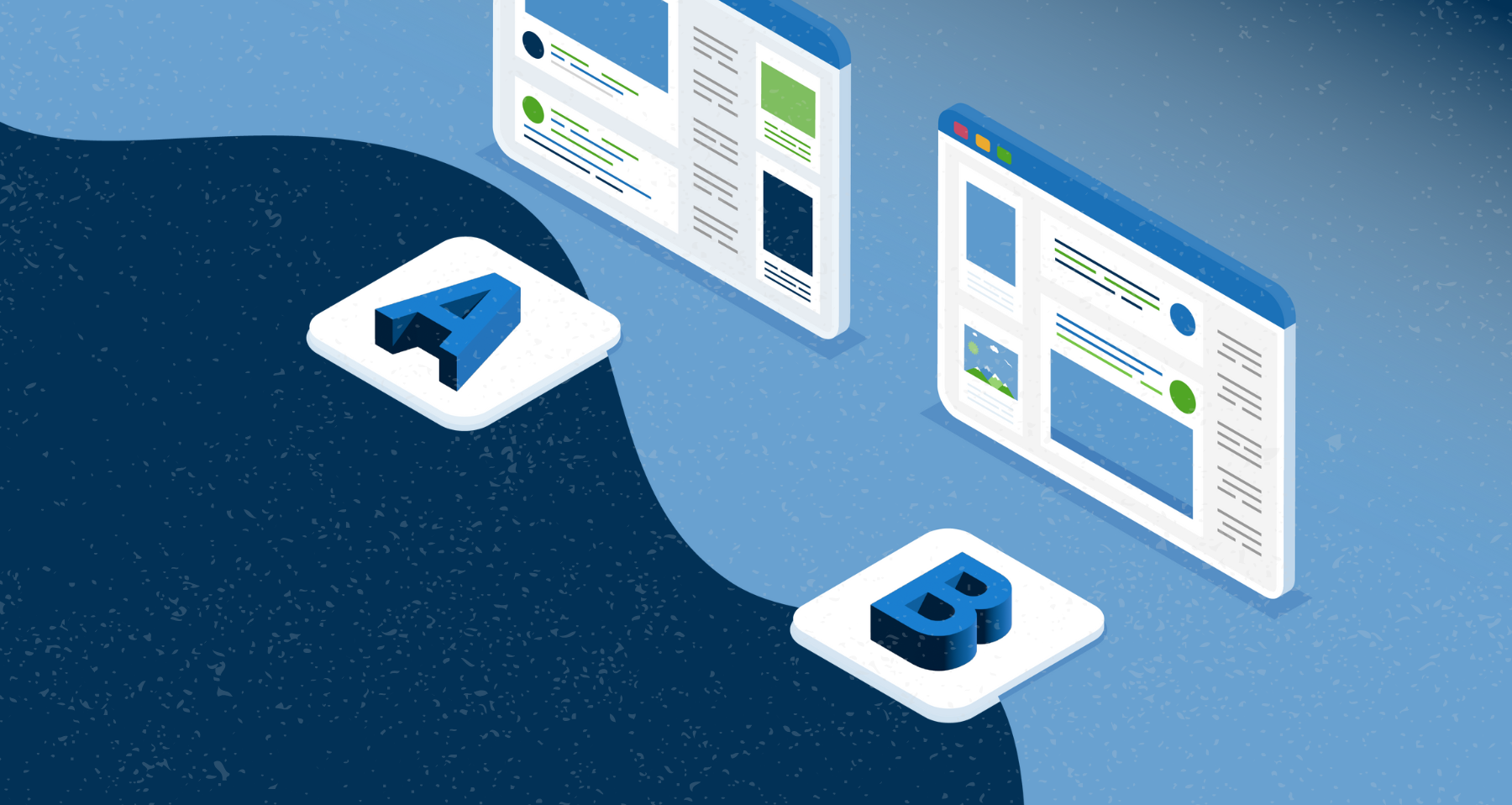
Channel incentive management (CIM) software is a soldering iron for companies aiming to strengthen their incentive programs and partner relations. It gets to a point when managing partnerships and incentives with spreadsheets and manual tasks no longer cuts it. Mitch Lee, Profit Evangelist at Vendavo, explains why businesses need an intelligent solution to automate, track, and fine-tune their incentive programs at scale.
The right incentive management software can make all the difference, especially for B2B companies across many channels. These platforms help engage your partners more effectively and offer a clearer view of how your incentive programs are performing. CIM tools also let you create and manage different types of incentives—rebates, promotions, or marketing development funds (MDFs)—with complete control over how things are run.
But there’s more to it than just handing out rewards. Today’s channel incentives platforms go further by using data-driven insights and automated execution to drive partner behaviors, boost sales, and build stronger partner loyalty.
The segment for Channel Incentive Management (CIM) produced $1.1 billion in revenue in 2023, with projections indicating this figure will double by 2028. With billions in incentives processed each year through these systems, picking the right platform is now a strategic must for businesses wanting to get the most out of their partner programs.
Key Features of the Best Channel Incentive Management Software
The best CIM platforms must pack a serious punch to effectively manage a complex network of partners. When you’re evaluating your options, it’s important to focus on platforms that deliver solid performance across key areas.
- Customizable incentive programs: Flexibility is key. Look for a platform that lets you easily create, launch, and tweak incentive programs without a technical expert. It should support different channel incentives—like rebates, SPIFs, and MDFs—and allow for quick adjustments as market conditions or business goals change.
- Performance tracking and analytics: Having the right insights is everything. The best CIM platforms offer real-time analytics to see how your programs are doing, track partner engagement, and measure ROI. Advanced tools even give you predictive insights and benchmarking to help you fine-tune your strategies and find new growth opportunities.
- Integration capabilities: Seamless integration with your existing systems (like CRM or ERP platforms) is a must. You want a platform that connects smoothly through robust APIs, automating data flow and keeping everything consistent across your tech stack—without the need for manual data entry.
- Multi-tier and global support: If you’re working with partners across different levels and regions, you need enterprise-grade features that can handle complex hierarchies, multiple currencies, and local compliance requirements. A good platform will manage this complexity while keeping things consistent across territories.
- Claims management and validation: Automated claims and rebate processing is a lifesaver. Look for a platform that handles claims with built-in compliance checks and audit trails, reducing administrative hassle and ensuring everything runs smoothly and accurately.
- Partner portal and communication: Your partners need easy access to program details, performance metrics, and claim submission tools. A user-friendly partner portal makes self-service simple and boosts communication and collaboration between you and your partners.
- Financial management: A strong financial management feature set includes automated payment processing, accrual tracking, and budgeting tools. The platform should ensure compliance with tax laws while offering accurate forecasting and reporting to keep your finances in check.
These features are the backbone of a solid CIM solution. Make sure to assess your own needs against these capabilities to find a platform that can grow and evolve with your channel programs.
Benefits of Using Software to Manage Channel Incentives
Integrating channel incentives software delivers substantial returns across multiple dimensions of a business. Here are some of the primary benefits of being equipped with the proper channel management platform.
Streamlined Operations Through Automation
One of the biggest advantages of modern incentive management software is the automation of manual processes. Recent research has found that 51% of respondents use manual processes or in-house applications to manage rebates. But by automating tasks like claims processing, reward calculations, and payment distributions, businesses can reduce administrative work, speed up program execution, and let their teams focus on more strategic initiatives.
Enhanced Accuracy and Compliance
Accuracy is crucial in incentive programs, and the right software ensures precision by eliminating human errors and applying program rules consistently. Built-in compliance controls and audit trails help reduce risks like overpayments or disputes while keeping your program in line with legal requirements.
Data-Driven Partner Engagement
With real-time analytics, you get insights into how your partners perform, allowing you to adjust incentives based on actual data. This data-driven approach increases partner engagement and participation, thereby leading to better results for both you and your partners.
Scalable Program Management
As your partner ecosystem expands, managing it manually becomes increasingly difficult. Channel incentives management software provides the infrastructure to easily scale programs across different partner levels, regions, and incentive types without adding to your administrative workload.
Improved Financial Control
Financial teams benefit from enhanced visibility into spending, accruals, and ROI. Automated CIM solutions make it easier to control budgets and forecast costs accurately. Plus, businesses see faster processing times for claims and payments, improving financial operations overall.
Strategic Decision Making
With access to detailed analytics and performance metrics, making smart decisions becomes much more intuitive. You can quickly spot top-performing partners, identify successful program elements, and optimize your incentive structures across different partners and incentive programs.
The right incentive management software not only simplifies operations and improves accuracy but also drives stronger partner engagement and better financial outcomes.
How to Select the Best CIM Software
Choosing the right channel incentives management software is a big decision, and it’s important to consider your options fully. Here’s a quick guide on what factors to evaluate and how to make the best choice for your business.
1. Assess Current and Future Business Needs
Start by taking a close look at your current partner ecosystem and where it’s headed. How many partners do you have, how complex are your programs, and how far does your channel network reach? The CIM platform you choose should not only meet your current needs but also be able to grow with you, so you won’t need a complete system overhaul down the line.
2. Evaluate Integration Capabilities
Seamless integration with your existing tech stack is a must. Make sure the platform has robust APIs and pre-built connectors for key systems like your CRM, ERP, and financial software. Platforms that come with built-in business logic and scoring mechanisms can also save you a lot of time and effort during implementation.
3. Consider the Total Cost of Ownership
It’s easy to focus on the initial price, but remember to think about the long-term costs as well. This includes things like:
- Implementation and customization
- Training and ongoing support
- Maintenance and future upgrades
- User licenses
- Integration with other systems
Taking all these factors into account will give you a clearer picture of the platform’s true cost over time.
4. Assess Customization Options
The right platform will give you a good mix of standard features and customization flexibility. Look for channel incentives management software that allows you to modify program rules, reward structures, and communication templates without much technical expertise.
5. Verify Security and Compliance Features
Make sure the platform is up to industry standards when it comes to security and compliance. This includes data protection, audit trails, and the ability to manage regional compliance requirements—especially if you’re running a global program.
6. Evaluate Vendor Partnership Potential
You’re not just buying software—you’re choosing a long-term partner. Look for a provider with a strong track record of innovation and solid customer support. Check out their product roadmap to see if it aligns with your business goals, and make sure they’re committed to improving and evolving their platform over time.
7. Request a Proof of Concept
Before making a final decision, ask for a proof of concept or a pilot program. Testing the platform with a subset of your partner network gives you a real-world view of how it performs and how your partners will respond before committing to full implementation.
Harness the High Returns of Incentives Management Software
Leveraging the best channel incentives management software is pivotal to running successful partner programs and driving long-term growth. These platforms transform how companies engage and motivate their partners by automating complex tasks, offering actionable insights, and enabling frictionless scalability.
As channel ecosystems grow and evolve, robust incentive management software becomes more critical. The ability to quickly roll out and adjust incentive programs, paired with real-time performance tracking and automated rewards, allows companies to stay agile and responsive to market changes—all while keeping their programs effective.
Investing in the right platform streamlines your current operations and sets you up to scale your partner programs and drive sustainable revenue growth through your partnerships. For solutions, see Vendavo’s products for rebate management, sales and price optimization, and CPQ processes, or get in touch to learn more.
